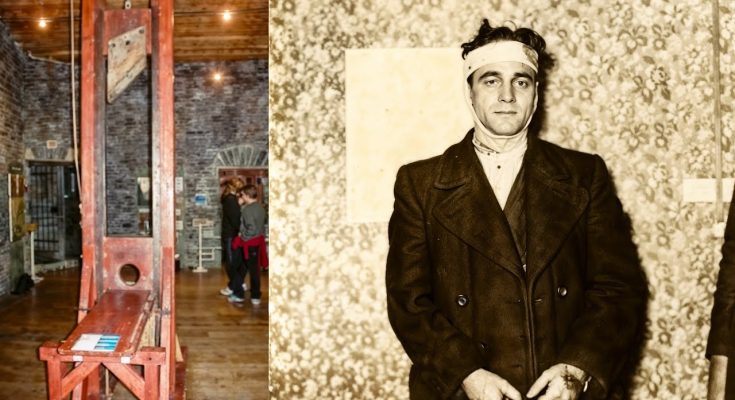For centuries, the guillotine stood as a symbol of both justice and terror, becoming one of the most infamous execution devices in history. Most notably associated with the French Revolution, this deadly machine claimed the lives of thousands, including King Louis XVI, Queen Marie Antoinette, and countless revolutionaries. Originally designed as a more humane method of execution, the guillotine’s efficiency and spectacle transformed it into a tool of fear and political control.
Origins and Purpose
The guillotine was introduced in France in the late 18th century as a response to growing concerns about the inhumane nature of previous execution methods. Before its invention, capital punishment was often carried out through brutal means such as hanging, burning, or breaking on the wheel. These executions were not only slow and painful but also inconsistent, sometimes requiring multiple attempts to kill the condemned.
Dr. Joseph-Ignace Guillotin, a French physician and politician, advocated for a more uniform and painless method of execution. He proposed a mechanical device that would swiftly and efficiently decapitate its victims. Though he did not invent the machine himself, it was named after him, forever linking his name to the instrument of death. The guillotine was first used in 1792 and quickly became the standard method of execution in France.
The Reign of Terror and the Guillotine’s Infamy
The guillotine became a defining feature of the French Revolution, particularly during the Reign of Terror (1793–1794), when the radical Jacobin government, led by Robespierre, used it as a means to eliminate perceived enemies of the revolution. Tens of thousands of people, from aristocrats to common citizens, were executed on charges of treason, conspiracy, or simply being suspected of opposing the revolution.
King Louis XVI was among the first high-profile victims, executed on January 21, 1793. His wife, Queen Marie Antoinette, followed him to the guillotine later that year. The machine’s efficiency allowed for rapid executions, sometimes with dozens of people beheaded in a single day. The Place de la Révolution (now Place de la Concorde) became a gruesome spectacle where crowds gathered to witness the swift fall of the blade.
However, the guillotine’s reign did not end with the revolutionaries. The same radicals who once sent their enemies to the scaffold eventually found themselves facing the very same fate. Robespierre, the architect of the Reign of Terror, was executed in 1794, marking the downfall of the movement.
Beyond France: A Global Legacy
Though the guillotine is most closely associated with France, other nations adopted it as well. It was used in parts of Germany, Sweden, and even as recently as the 20th century for executions. The Nazis utilized guillotines during World War II to execute political prisoners and resistance fighters.
France continued to use the guillotine until 1977, when Hamida Djandoubi became the last person to be executed by beheading. Capital punishment was officially abolished in France in 1981, ending the guillotine’s long history.
A Symbol of Justice or Horror?
Today, the guillotine remains one of the most infamous execution devices in history. While it was originally intended as a humane alternative, its association with mass executions and political purges has made it a symbol of terror. The debate over capital punishment continues, but the legacy of the guillotine serves as a stark reminder of how the pursuit of justice can sometimes become a tool of fear and oppression.

